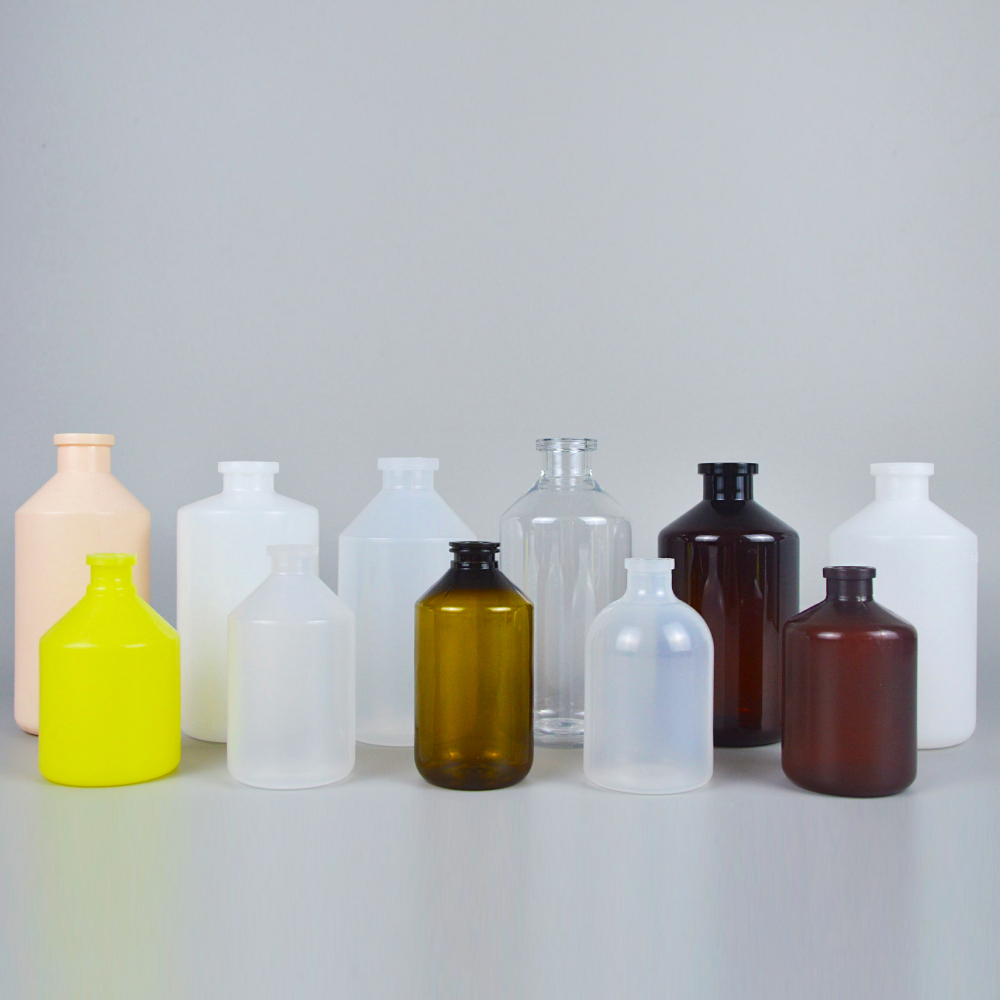
-
 Afrikaans
Afrikaans -
 Albanian
Albanian -
 Amharic
Amharic -
 Arabic
Arabic -
 Armenian
Armenian -
 Azerbaijani
Azerbaijani -
 Basque
Basque -
 Belarusian
Belarusian -
 Bengali
Bengali -
 Bosnian
Bosnian -
 Bulgarian
Bulgarian -
 Catalan
Catalan -
 Cebuano
Cebuano -
 Corsican
Corsican -
 Croatian
Croatian -
 Czech
Czech -
 Danish
Danish -
 Dutch
Dutch -
 English
English -
 Esperanto
Esperanto -
 Estonian
Estonian -
 Finnish
Finnish -
 French
French -
 Frisian
Frisian -
 Galician
Galician -
 Georgian
Georgian -
 German
German -
 Greek
Greek -
 Gujarati
Gujarati -
 Haitian Creole
Haitian Creole -
 hausa
hausa -
 hawaiian
hawaiian -
 Hebrew
Hebrew -
 Hindi
Hindi -
 Miao
Miao -
 Hungarian
Hungarian -
 Icelandic
Icelandic -
 igbo
igbo -
 Indonesian
Indonesian -
 irish
irish -
 Italian
Italian -
 Japanese
Japanese -
 Javanese
Javanese -
 Kannada
Kannada -
 kazakh
kazakh -
 Khmer
Khmer -
 Rwandese
Rwandese -
 Korean
Korean -
 Kurdish
Kurdish -
 Kyrgyz
Kyrgyz -
 Lao
Lao -
 Latin
Latin -
 Latvian
Latvian -
 Lithuanian
Lithuanian -
 Luxembourgish
Luxembourgish -
 Macedonian
Macedonian -
 Malgashi
Malgashi -
 Malay
Malay -
 Malayalam
Malayalam -
 Maltese
Maltese -
 Maori
Maori -
 Marathi
Marathi -
 Mongolian
Mongolian -
 Myanmar
Myanmar -
 Nepali
Nepali -
 Norwegian
Norwegian -
 Norwegian
Norwegian -
 Occitan
Occitan -
 Pashto
Pashto -
 Persian
Persian -
 Polish
Polish -
 Portuguese
Portuguese -
 Punjabi
Punjabi -
 Romanian
Romanian -
 Russian
Russian -
 Samoan
Samoan -
 Scottish Gaelic
Scottish Gaelic -
 Serbian
Serbian -
 Sesotho
Sesotho -
 Shona
Shona -
 Sindhi
Sindhi -
 Sinhala
Sinhala -
 Slovak
Slovak -
 Slovenian
Slovenian -
 Somali
Somali -
 Spanish
Spanish -
 Sundanese
Sundanese -
 Swahili
Swahili -
 Swedish
Swedish -
 Tagalog
Tagalog -
 Tajik
Tajik -
 Tamil
Tamil -
 Tatar
Tatar -
 Telugu
Telugu -
 Thai
Thai -
 Turkish
Turkish -
 Turkmen
Turkmen -
 Ukrainian
Ukrainian -
 Urdu
Urdu -
 Uighur
Uighur -
 Uzbek
Uzbek -
 Vietnamese
Vietnamese -
 Welsh
Welsh -
 Bantu
Bantu -
 Yiddish
Yiddish -
 Yoruba
Yoruba -
 Zulu
Zulu
Exploring the Fascinating Science Behind Dropper Bottles and Their Innovative Uses in Laboratories
The Science Behind Dropper Bottles
Dropper bottles are ubiquitous in both laboratories and households, serving various purposes from dispensing medicine to conducting scientific experiments. Despite their simple design, these useful tools embody several fascinating scientific principles that are worthy of exploration.
The Structure of a Dropper Bottle
At first glance, a dropper bottle consists of two main components the bottle itself and the dropper, which often features a rubber bulb attached to a slender glass or plastic tube. This basic design allows users to draw liquid into the dropper and release it in controlled amounts. The neck of the bottle typically has a narrow opening, which facilitates precise dispensing of liquid. This narrowing is crucial, as it minimizes the liquid’s surface area, allowing gravity and surface tension to work together to create consistent drops.
The Role of Surface Tension
One of the remarkable scientific phenomena at work with a dropper bottle is surface tension. This is the cohesive force between liquid molecules that causes the molecules at the surface to be attracted more strongly to each other than to the air above. When a liquid is drawn into the dropper, surface tension helps to maintain the shape of the liquid column at the tip. As the dropper is squeezed, the depressurization force allows for a drop to form. When enough weight is accumulated in the drop, gravity takes over, causing it to fall. This interplay of forces enables accurate dosing, which is essential in both medical and experimental settings.
Capillary Action
Another significant principle involved in the function of dropper bottles is capillary action. In scenarios where the dropper tip touches a surface, capillary action can occur, drawing liquid upward into the narrow tube. This phenomenon depends on the adhesive forces between the liquid and the surfaces of the dropper, as well as the cohesive forces within the liquid. Capillary action plays a critical role when the dropper is initially filled and helps to ensure that the drop forms smoothly.
dropper bottle science

Applications of Dropper Bottles
Dropper bottles are widely used in various fields. In medicine, they are often utilized for dispensing eye drops, liquid medications, and essential oils. Their design allows healthcare professionals and patients to administer precise dosages easily. In laboratories, dropper bottles are invaluable for conducting experiments, often used in titrations or when combining small quantities of chemicals.
In addition to the realm of science, dropper bottles have found their way into the world of cosmetics and fragrance, where they are used to dispense serums and essential oils. The ability to measure and dispense small amounts of liquid is crucial for both efficacy and safety in these applications.
Environmental Considerations
As with any plastic containers, the environmental impact of dropper bottles cannot be ignored. Many companies are exploring alternatives to standard plastic, opting for glass or biodegradable materials to reduce their carbon footprint. Furthermore, encouraging proper disposal and recycling will help in addressing the waste generated by these essential tools.
Conclusion
In conclusion, dropper bottles may seem simple at first, but they are perfect examples of how scientific principles operate in daily applications. From surface tension and capillary action to precise dosage delivery, these little tools bridge the gap between basic science and practical application. Understanding these underlying principles not only enhances our appreciation for them but also empowers us to use them thoughtfully, ensuring their benefits for future generations.
-
Premium Metal Dropper Bottle for Precise Dispensing 250ml & 1ml Options AvailableNewsJul.04,2025
-
20 ml Headspace Vials - High Quality Polyethylene & Plastic Vials for Lab UseNewsJul.04,2025
-
Small Bottle with Pipette - Precise Dispensing 100ml Pipette Bottles for Essential Oils & Lab UseNewsJun.24,2025
-
Acetic Anhydride Bottle for Accurate Dropper Measurement in Pharmacy Use High-Quality Dropper BottlesNewsJun.10,2025
-
Innovative PET Bottle Design for Juice – Unique Shapes & Customization OptionsNewsJun.10,2025
-
20 Pack Sterilized Petri Dishes – Assorted Sizes, High Quality Small Plastic Petri Dishes for Lab UseNewsJun.10,2025






















